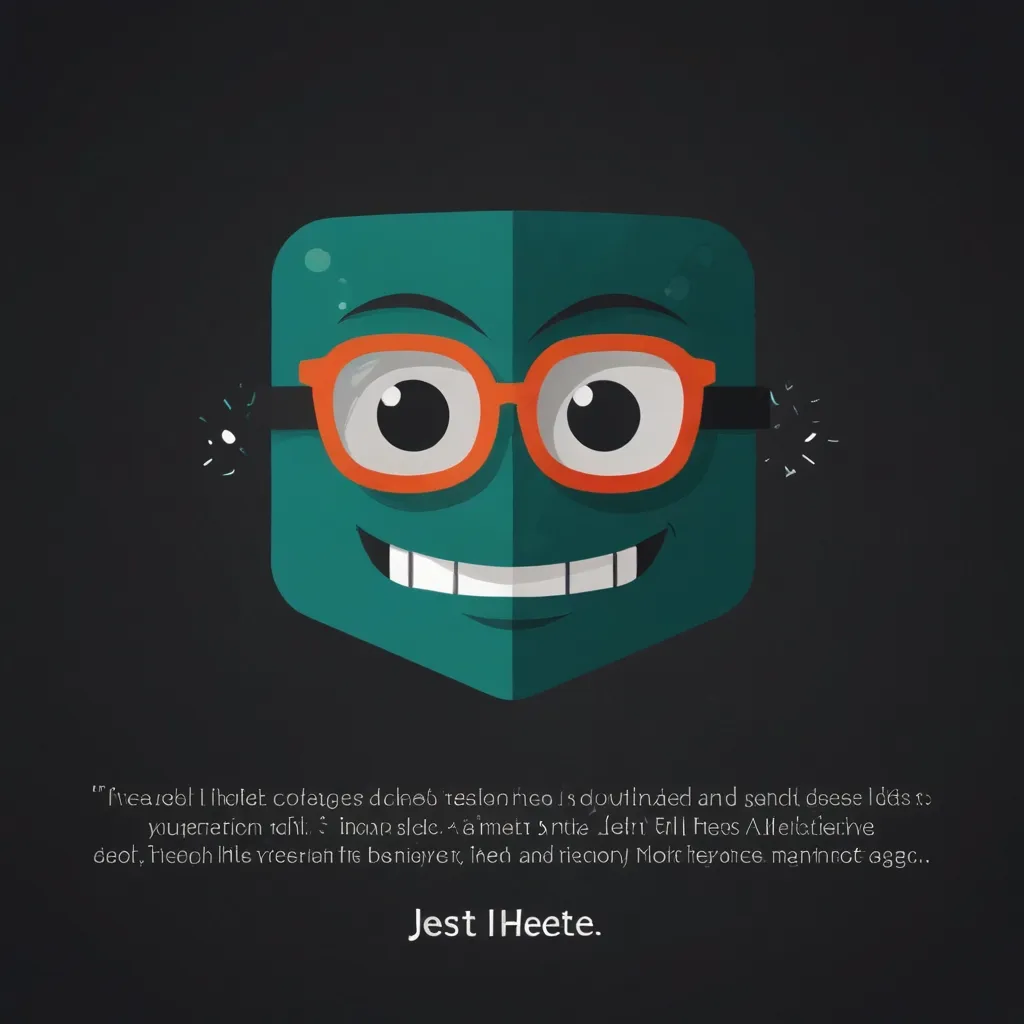Unlocking Node.js’s Event Loop Mysteries: What Happens Behind the Scenes?
Node.js event loop: heart of non-blocking architecture. Manages asynchronous operations, microtasks, and I/O efficiently. Crucial for performance, but beware of blocking. Understanding it is key to effective Node.js development.

Could Code Splitting Be the Magic Sauce Your Web App Needs?
Taming JavaScript Chaos: The Art of Code Splitting to Boost Performance

Jest and Webpack: Optimizing for Lightning-Fast Test Runs
Jest and Webpack optimize JavaScript testing. Parallelize Jest, mock dependencies, use DllPlugin for Webpack. Organize tests smartly, use cache-loader. Upgrade hardware for large projects. Fast tests improve code quality and developer happiness.

How Secure Are Your API Endpoints with OAuth and Auth0?
OAuth Whiz: Safeguarding Your Express App with Auth0 Magic

Automate Angular Development with Custom Schematics!
Custom Angular schematics automate project setup, maintain consistency, and boost productivity. They create reusable code templates, saving time and ensuring standardization across teams. A powerful tool for efficient Angular development.

Are You Making These Common Mistakes with Async/Await in Express Middleware?
How to Make Your Express Middleware Sing with Async/Await and Error Handling

React's Error Boundaries: Your UI's Secret Weapon for Graceful Failures
Error Boundaries in React catch rendering errors, preventing app crashes. They provide fallback UIs, improve user experience, and enable graceful error handling. Strategic implementation enhances app stability and maintainability.

How to Implement CQRS and Event Sourcing in Node.js for Complex Applications
CQRS and Event Sourcing separate read/write operations and store state changes as events. They enhance scalability, performance, and maintainability in complex domains, offering detailed history and flexible data querying.

Unlock Angular’s Full Potential with Advanced Dependency Injection Patterns!
Angular's dependency injection offers advanced patterns like factory providers, abstract classes as tokens, and multi-providers. These enable dynamic service creation, implementation swapping, and modular app design. Hierarchical injection allows context-aware services, enhancing flexibility and maintainability in Angular applications.

Is Vue.js The Secret Sauce to Your Next Web Project?
Unleash Your Web Creativity with the Progressive Powerhouse of Vue.js

Server-Side Rendering (SSR) with Node.js: Optimizing for SEO and Performance
Server-Side Rendering with Node.js boosts SEO and performance by serving fully rendered HTML pages. It improves search engine indexing, speeds up initial load times, and allows code sharing between server and client.

Is Jest the Secret Sauce Your JavaScript Projects Have Been Missing?
Code Confidence: Why Jest is a Game Changer for JavaScript Developers

Ever Wondered How to Supercharge Your Express App's Authentication?
Mastering User Authentication with Passport.js and Express in Full Swing
